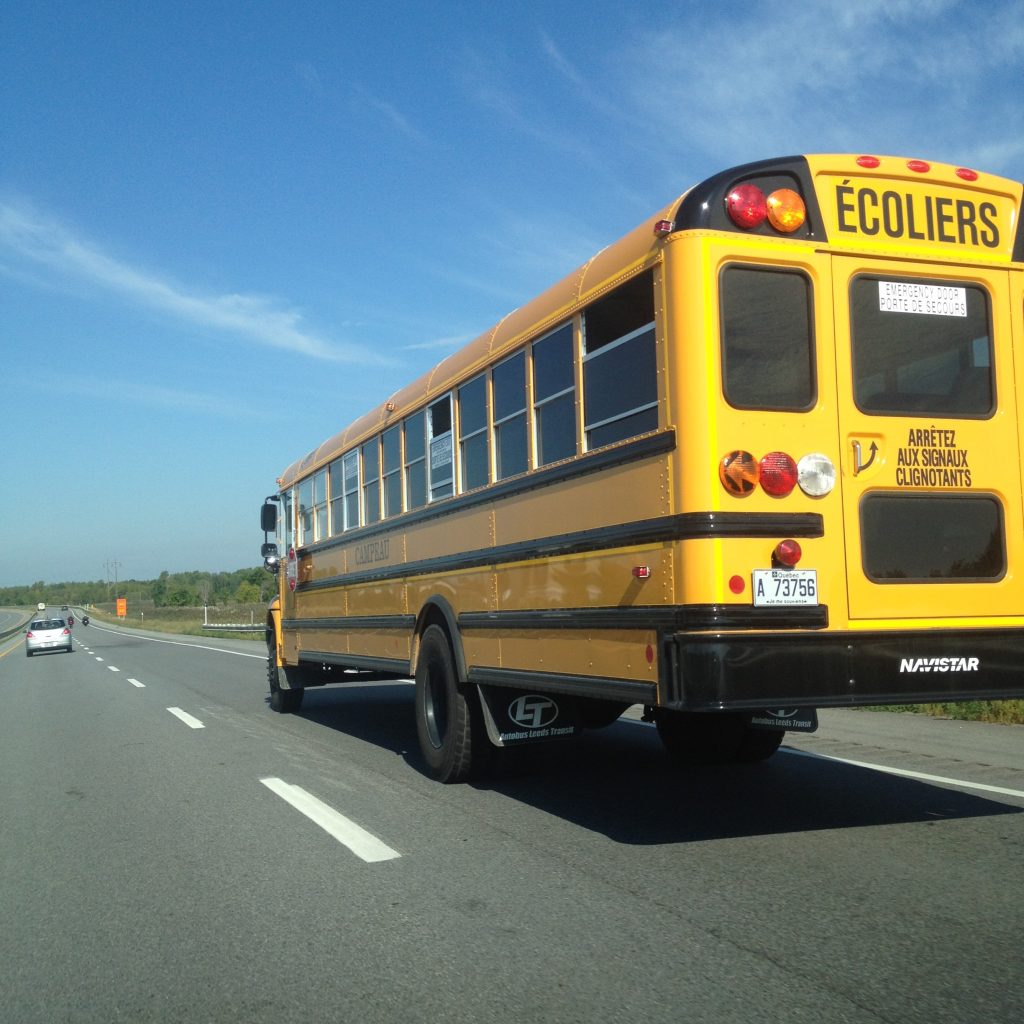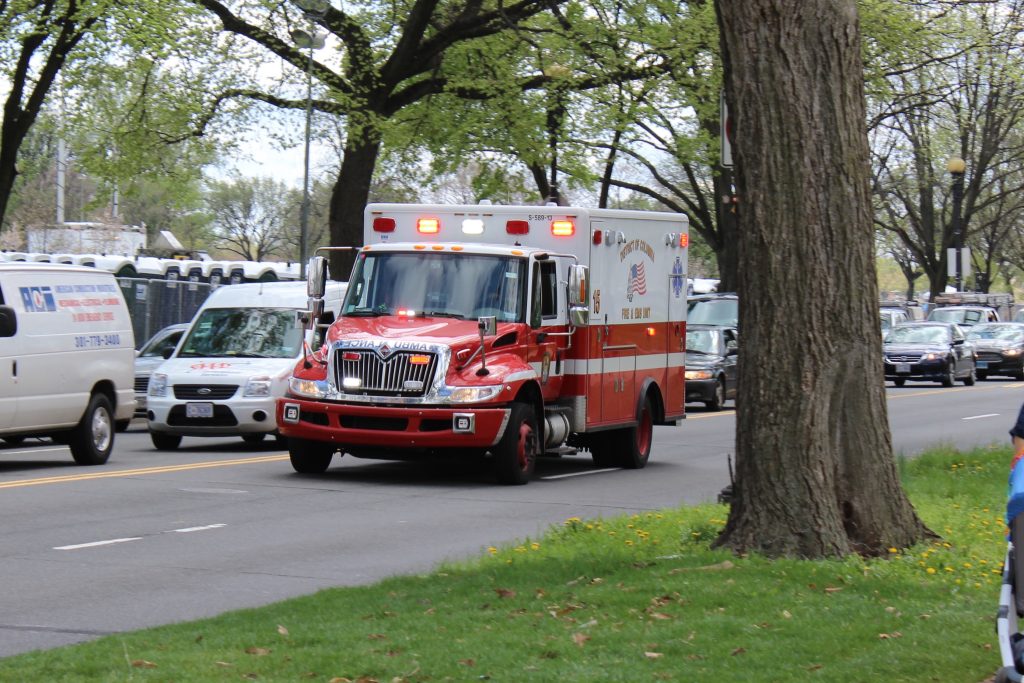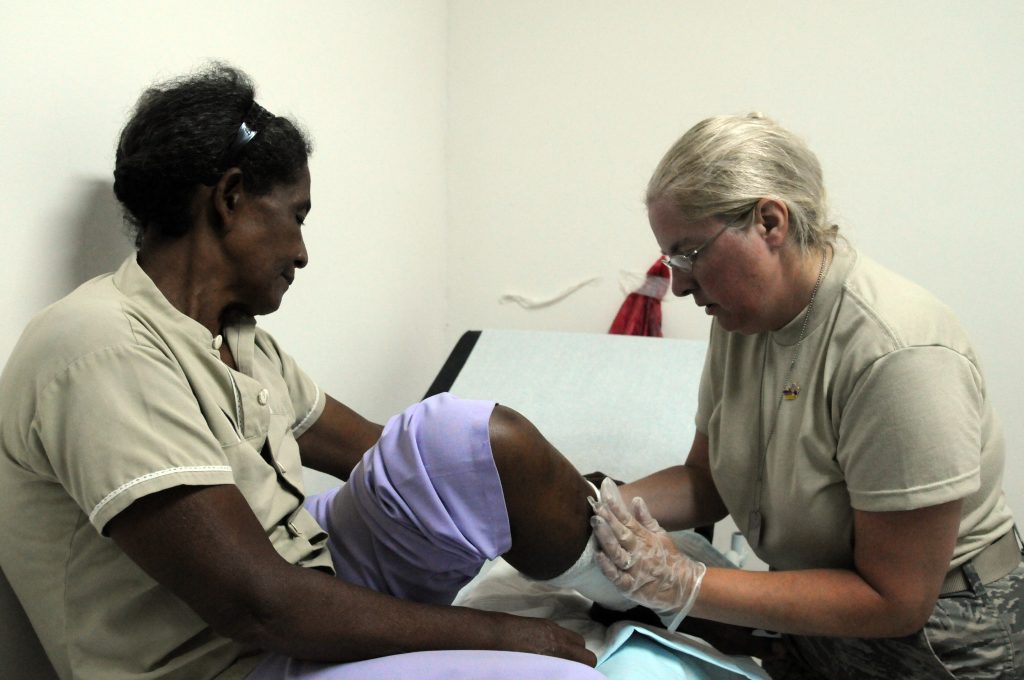 The language used in insurance policies can hold immense significance when determining the resulting coverage and payouts. In a compelling case involving three tug boats, the M/V Miss Dorothy, the M/V Angela Rae, and the M/V Freedom, an unfortunate collision prompted a dispute over insurance claims. As insurers of the Miss Dorothy sought compensation from the owners of the Angela Rae, the crux of the matter revolved around the interpretation of key terms within the insurance policies. The court’s analysis focused on the definition of “tow” and the parties’ intent, underscoring the critical role that precise language plays in insurance contracts. This case serves as a powerful reminder to both drafters and signers of insurance policies that every word holds weight and can shape the outcome of a claim.
The language used in insurance policies can hold immense significance when determining the resulting coverage and payouts. In a compelling case involving three tug boats, the M/V Miss Dorothy, the M/V Angela Rae, and the M/V Freedom, an unfortunate collision prompted a dispute over insurance claims. As insurers of the Miss Dorothy sought compensation from the owners of the Angela Rae, the crux of the matter revolved around the interpretation of key terms within the insurance policies. The court’s analysis focused on the definition of “tow” and the parties’ intent, underscoring the critical role that precise language plays in insurance contracts. This case serves as a powerful reminder to both drafters and signers of insurance policies that every word holds weight and can shape the outcome of a claim.
Three tug boats, the M/V Miss Dorothy, the M/V Angela Rae, and the M/V Freedom, plied the Mississippi River with a barge boat in tow. The Angela Rae and the Freedom were positioned behind the barge, and the Miss Dorothy was positioned in front. The Angela Rae was designated as the ‘lead tug’, with the other boats acting as ‘assisting tugs.’
In an unfortunate turn of events, the Miss Dorothy collided with a portion of the Sunshine Bridge’s fender. The Miss Dorothy subsequently sank, resulting in a total loss of the ship and its machinery on board. In the ensuing dispute over insurance claims, the insurers of the Miss Dorothy sued the owners of the Angela Rae in its capacity as the lead tug. The two insurers of the Angela Rae, Atlantic Specialty Insurance Company (“Atlantic Specialty”) and P & I Underwriters (“P & I”), both filed motions averring the insurance responsibility to the other, claiming that the other’s policy should be paid out instead of their own.
 Louisiana Personal Injury Lawyer Blog
Louisiana Personal Injury Lawyer Blog


 The 1985 murder of Denise Porter by stabbing was a horrific tragedy with life-altering ramifications for her husband, Joel, a Louisiana attorney. It also provides an example of how records from a criminal investigation can and cannot be requested.
The 1985 murder of Denise Porter by stabbing was a horrific tragedy with life-altering ramifications for her husband, Joel, a Louisiana attorney. It also provides an example of how records from a criminal investigation can and cannot be requested. When accidents occur on a construction site, questions of liability and responsibility arise, leaving property owners wondering about their potential legal obligations. In a compelling lawsuit from Alexandria, Louisiana, the issue of whether a homeowner can be held liable for injuries sustained by a roofer while working on their property takes center stage. The case of Robert Schram v. Ronnie Waters provides valuable insights into this perplexing matter, shedding light on the factors determining a homeowner’s liability when a roofer falls from their roof.
When accidents occur on a construction site, questions of liability and responsibility arise, leaving property owners wondering about their potential legal obligations. In a compelling lawsuit from Alexandria, Louisiana, the issue of whether a homeowner can be held liable for injuries sustained by a roofer while working on their property takes center stage. The case of Robert Schram v. Ronnie Waters provides valuable insights into this perplexing matter, shedding light on the factors determining a homeowner’s liability when a roofer falls from their roof. Getting workers’ compensation from an employer is already difficult, but it is even more so when the claim is filed in the wrong court. Although employees are entitled to workers’ compensation, the claim has to be filed in the correct jurisdiction. The following case shows what happens when you are injured while working and attempt to file a claim for workers’ compensation in a state where you were not employed.
Getting workers’ compensation from an employer is already difficult, but it is even more so when the claim is filed in the wrong court. Although employees are entitled to workers’ compensation, the claim has to be filed in the correct jurisdiction. The following case shows what happens when you are injured while working and attempt to file a claim for workers’ compensation in a state where you were not employed.  It is well known that every court order contains a physical copy declaring what the verdict of the case is, otherwise known as a final judgment. However, the order must contain what we call “decretal language.” But what in the world does that mean? The Louisiana Third Circuit Court of Appeal discusses this question and when a final judgment can be amended to contain all the necessary language crucial for the order.
It is well known that every court order contains a physical copy declaring what the verdict of the case is, otherwise known as a final judgment. However, the order must contain what we call “decretal language.” But what in the world does that mean? The Louisiana Third Circuit Court of Appeal discusses this question and when a final judgment can be amended to contain all the necessary language crucial for the order. Suffering an on-the-job injury is a challenging experience that involves physical recovery and navigating the complexities of the worker’s compensation system. Determining when and how to return to work can be daunting in such situations. The questions surrounding medical examinations and the responsibility of companies to provide additional medical advice or inspections when an employee is injured are examined in the following case.
Suffering an on-the-job injury is a challenging experience that involves physical recovery and navigating the complexities of the worker’s compensation system. Determining when and how to return to work can be daunting in such situations. The questions surrounding medical examinations and the responsibility of companies to provide additional medical advice or inspections when an employee is injured are examined in the following case. In the face of a potentially unlawful termination from your job, navigating the legal landscape can be daunting. If you suspect that you have been fired unjustly, it is essential to understand the critical elements required to bring a lawsuit against your employer for wrongful or retaliatory discharge. A recent Lafayette Parish case highlights the essential evidence to support a retaliatory discharge claim. It highlights the importance of seeking legal guidance when faced with such a situation. By delving into the details of this case, we can uncover the necessary proof required to establish a compelling retaliatory discharge case and empower individuals to protect their rights in the workplace.
In the face of a potentially unlawful termination from your job, navigating the legal landscape can be daunting. If you suspect that you have been fired unjustly, it is essential to understand the critical elements required to bring a lawsuit against your employer for wrongful or retaliatory discharge. A recent Lafayette Parish case highlights the essential evidence to support a retaliatory discharge claim. It highlights the importance of seeking legal guidance when faced with such a situation. By delving into the details of this case, we can uncover the necessary proof required to establish a compelling retaliatory discharge case and empower individuals to protect their rights in the workplace. New Orleans is well-known for extravagant and entertaining Mardi Gras parades. What happens when an unknown tortfeasor injures someone during a parade? As the following case demonstrates, the claimant only has a certain amount of time to bring a lawsuit against the wrongful party, or they risk dismissal of the claim.
New Orleans is well-known for extravagant and entertaining Mardi Gras parades. What happens when an unknown tortfeasor injures someone during a parade? As the following case demonstrates, the claimant only has a certain amount of time to bring a lawsuit against the wrongful party, or they risk dismissal of the claim.  Medical malpractice claims typically involve allegations of negligence during a medical procedure. However, the following case presents a unique scenario where the alleged injury occurred after the procedure was completed. It examines the legal considerations and challenges in such situations, emphasizing the importance of evidence and expert testimony in establishing a breach of the applicable standard of care.
Medical malpractice claims typically involve allegations of negligence during a medical procedure. However, the following case presents a unique scenario where the alleged injury occurred after the procedure was completed. It examines the legal considerations and challenges in such situations, emphasizing the importance of evidence and expert testimony in establishing a breach of the applicable standard of care. Parents can imagine all sorts of dangerous situations their children could find themselves in walking to school – kidnappings, getting hit by a car, bullying. But what happens if the cause of the injury was a defective sidewalk the city was supposed to maintain? Can the city be held liable? The following case examines the liability of a city when a teenager is injured due to a defective sidewalk in front of her high school.
Parents can imagine all sorts of dangerous situations their children could find themselves in walking to school – kidnappings, getting hit by a car, bullying. But what happens if the cause of the injury was a defective sidewalk the city was supposed to maintain? Can the city be held liable? The following case examines the liability of a city when a teenager is injured due to a defective sidewalk in front of her high school.